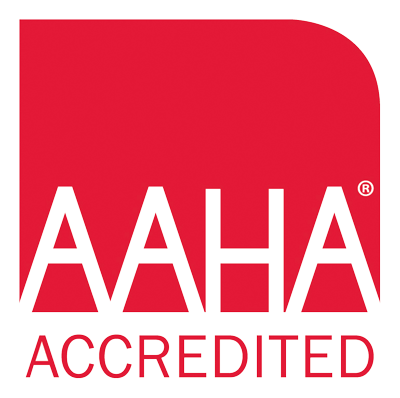An update in Technology
As technology leads us into the future and improves our lives, diagnostic imaging is no exception. Digital radiology gives our practice the ability to diagnose conditions almost on the spot. This allows us to treat conditions faster and more effectively. Below is what a developed radiograph would look like. As you can see, some detail shows up but many finer details are left unclear.

Prior to digital radiology, a technician spent a considerable amount of time carefully developing the x-ray films and retaking films before obtaining the correct shot.

What's the Difference?
With today’s most current digital radiography, our practice takes the x-ray image on advanced machinery which sends it directly to digital x-ray sensors for storage and display on a computer. There is no lag time and no waiting for films to process. This means if the exposure is poor or if Fluffy moved a little bit, we can see the flaws immediately and retake the x-ray right then and there. We can also share the image digitally instead of sending large films out through the mail. As you can see, the details of the digital radiograph above are much clearer, allowing for our veterinarians to diagnose and treat illnesses much more effectively and efficiently.


Like most digital images, our practice can easily enhance the digital x-ray image on the computer. We can zoom in, or change the contrast and brightness for better viewing. Plus digital x-ray technology creates a much clearer and detailed image than traditional x-rays. In identifying and analyzing changes of an ongoing condition that requires a series of images, our practice can utilize computer programs to assist us.

Why do we use it?
Our practice uses digital radiology both for dental purposes and for your pet’s whole body. Dental digital radiology allows our practice to view the internal anatomy of the teeth including the roots and surrounding bone. In the rest of your pet’s body, digital x-rays can help us identify a fractured bone, or degeneration in a joint as well as sometimes identify foreign objects inside your pet’s body. An added bonus to digital radiology is the fact that it emits less radiation than traditional radiology.
What can you expect at your appointment?
When your pet comes in for an appointment, a thorough exam is done to evaluate them and determine the next course of action. If a radiograph is needed, the process typically takes anywhere from 20-40 minutes depending on the demand for radiographs at that time. Your pet will be gently placed on their side (laterally) for one view, and placed in a trough-like pillow to take a second view on their back (VD). These images will then be viewed by the veterinarian. Your assistant will then pull up the radiograph images on the computer in your exam room and the veterinarian will review the images with you and go over any findings.
Do you suspect your pet may need radiographs?
Contact us at 630-451-8459 to schedule an appointment today!


